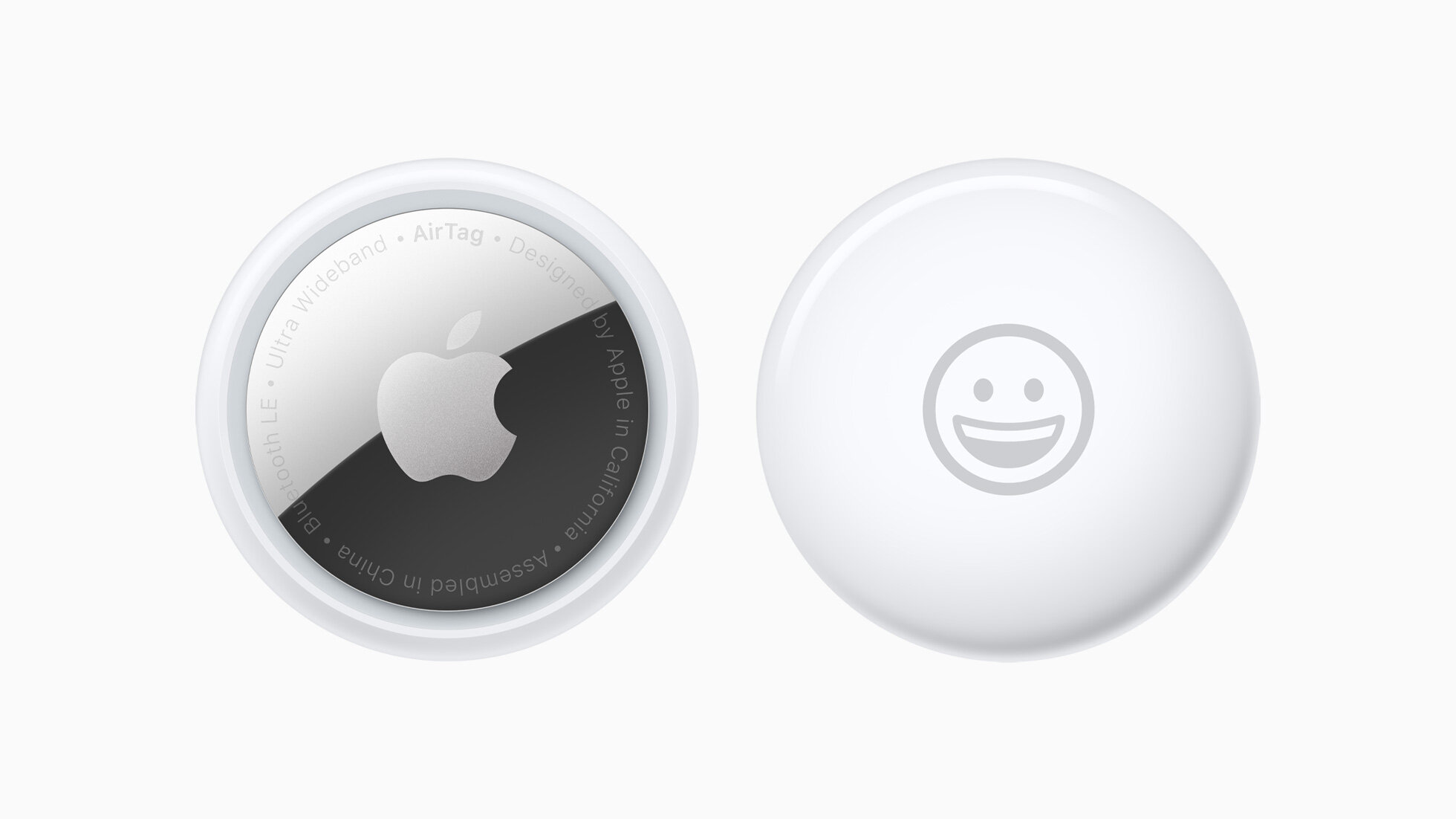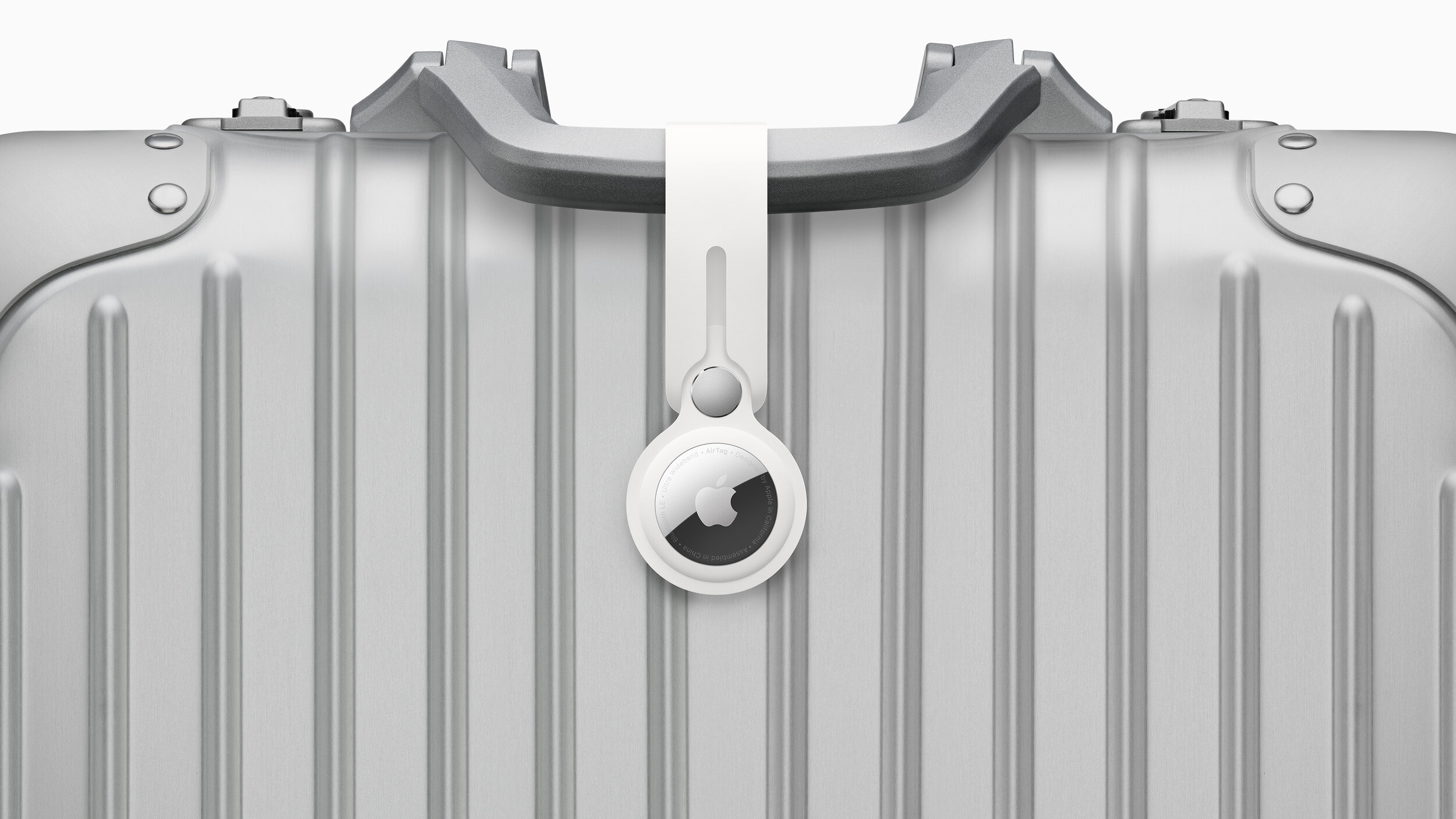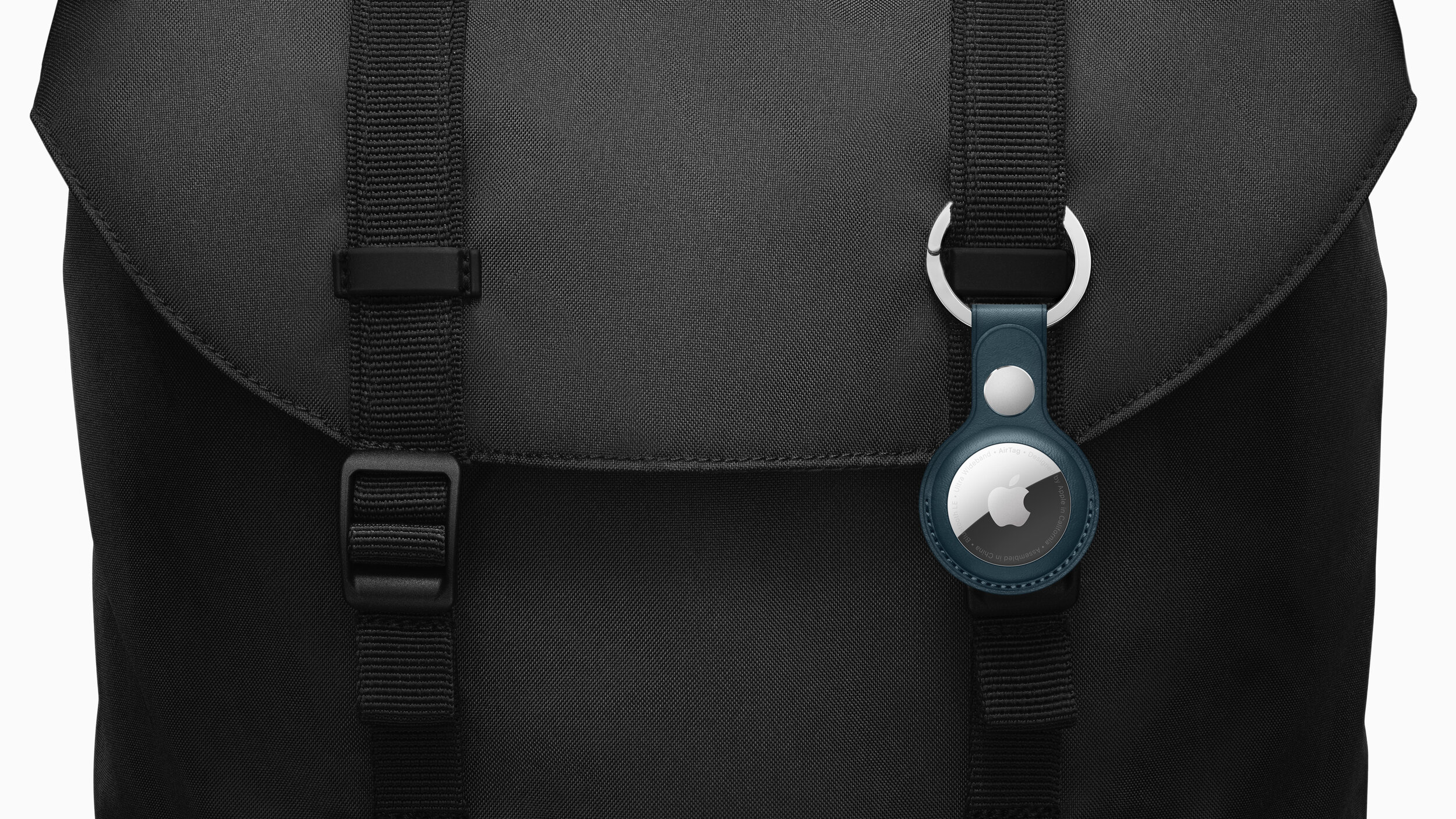AirTag is here and costs $29: How it works and why you should care?
Apple has finally announced its long anticipated item tracker, which is called AirTag, after two years of indications and references inside iOS code and Apple documentation. Why are they important though? What’s different with them and why you should care about this new product?
How it works?
Firstly, let’s explain what AirTag is. AirTag is an item tracker that you can simply attach to any item, like your wallet, keys, backpack or luggage and track its location through Find My app. Excited? Well, there is more. AirTag is taking advantage of the entire Find My network which means that it uses any Apple device within Bluetooth range to update the location of the AirTag. Since there are millions of Apple devices out there, chances are that if you lose an item with an AirTag attached to it, an Apple device will be nearby and the location of your AirTag will be automatically updated while maintaining your location data private and anonymous with end-to-end encryption.
The disk-shaped AirTag is also equipped with a small speaker that helps you locate your lost item much easier. Once the item is set in lost mode the speaker will play a sound after a while. The same happens also when the AirTag is within range so that you will be able to locate it.
Inside the stainless steel side (the other side is white), which is unfortunately easy to scratch, you can place a replaceable CR2032 battery that lasts a bit more than 12 months. Once the battery starts to get low, you will receive a notification on your Apple device that advises you to change the battery. CR2032 batteries are quite easy to find, cost around 50 cents and are used in several devices like garage remote controls, alarm systems, watches etc. The AirTag is IP67 certified and can be submerged in the water for up to 1m and 30 minutes.
AirTag uses Apple’s U1 chip for precise location mapping or Precision Finding as Apple markets this feature. This means that if you own any iPhone 11 or iPhone 12, you can determine more accurately the distance and direction to a lost AirTag when it is within range. Furthermore, as Apple describes:
As a user moves, Precision Finding fuses input from the camera, ARKit, accelerometer, and gyroscope, and then will guide them to AirTag using a combination of sound, haptics, and visual feedback.
Image Credit: Apple
Apple is famous for enabling its accessories to pair with your iPhone or iPad quite easily. Pairing an AirTag is no exception to the rule. The pairing process is quite similar to the one used to connect your AirPods with your iPhone. All you have to do is keep your AirTag next to your iPhone for some seconds and a pop up menu will appear on your iPhone that will ask you to connect your phone with Apple’s item tracker.
Apple is also making sure that if a non paired AirTag is travelling with you e.g. while driving, you will receive a notification on your iPhone that allows you to either notify the owner or even disable the AirTag unless its owner is travelling with you as well. Apple wants to prevent unwanted location tracking of others in this way. It is worth noting that this process is also available to people that do own an Android device, meaning that you can still disable unwanted location tracking with the use of your Android phone’s NFC or any other NFC-capable device.
Reasons to buy the AirTag
AirTags’ considerable advantage over Tile or other item trackers, is the fact that it relies on Find My network to update its location. Since Apple sells millions of Apple Devices with Find My iPhone enabled chances are that an Apple device will be near your lost AirTag which increases the chances to identify your lost item in comparison to Tile for example that relies on the Tile community alone so far.
Price is also another advantage since AirTags are quite affordable at $29. Attaching an AirTag to more expensive items like your backpack, which you may use to carry your keys, wallet or laptop, could prove really handy especially while commuting or travelling.
Reasons to avoid the AirTag
Purchasing an AirTag isn’t recommended if you plan to use it in order to track a stolen item. Thieves will get rid of the AirTag or they might just receive a notification on their phone that an unknown device is tracking their location. In this case they will be able to disable the AirTag.
AirTags are not compatible with an Android device, which means that you shouldn’t buy one if you own a Galaxy S21 Ultra, OnePlus 9 Pro or any other Android smartphone.
If you feel confident and you do not want to track your important items then of course you shouldn’t care about the AirTag.
Price & Availability
The AirTags are available for pre-order as of today, April 23 and will be released a week later on April 30. One AirTag costs $29 and a set of 4 costs $99 in the US market. If you purchase the AirTag from Apple.com or an Apple Store you may also select to engrave your AirTags with letters or emojis.
At this point we should highlight that the AirTag does not offer a way to attach it to any items other than placing them inside the items that you would like to track. Apple and 3rd party OEMs offer a wide variety of AirTag accessories that will allow you to attach it to your keys luggage etc. Hermes is one of these OEMs and a special Hermes AirTag is included in these accessories. This is an additional cost for you to consider.
Are you buying any AirTags?








